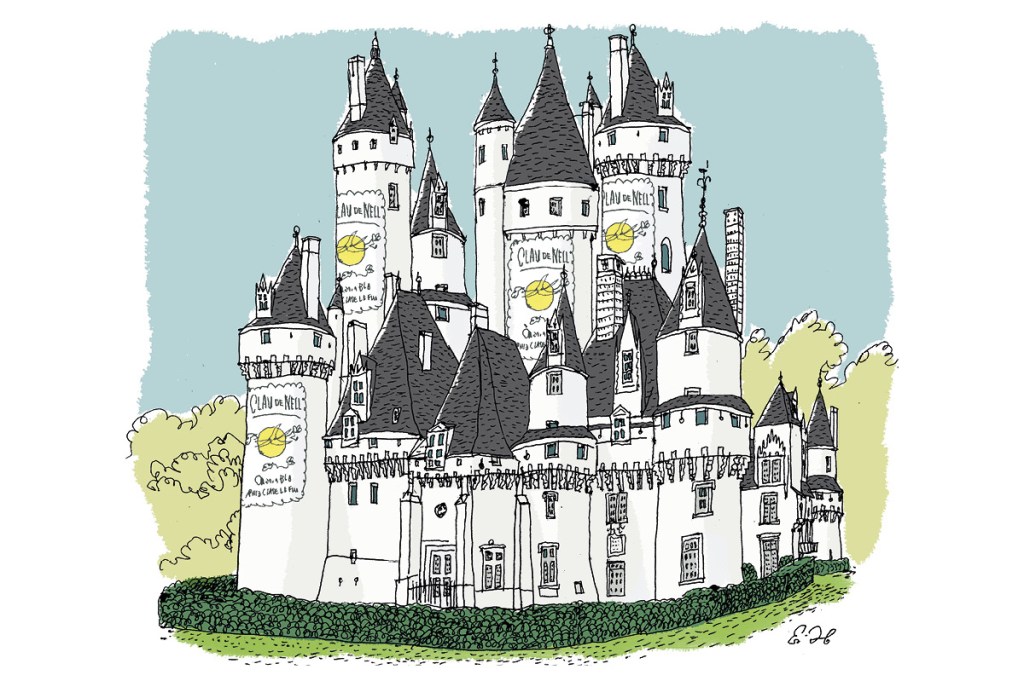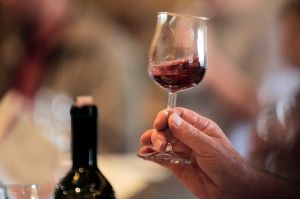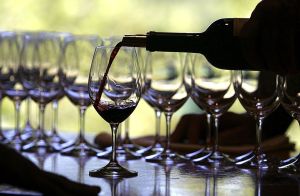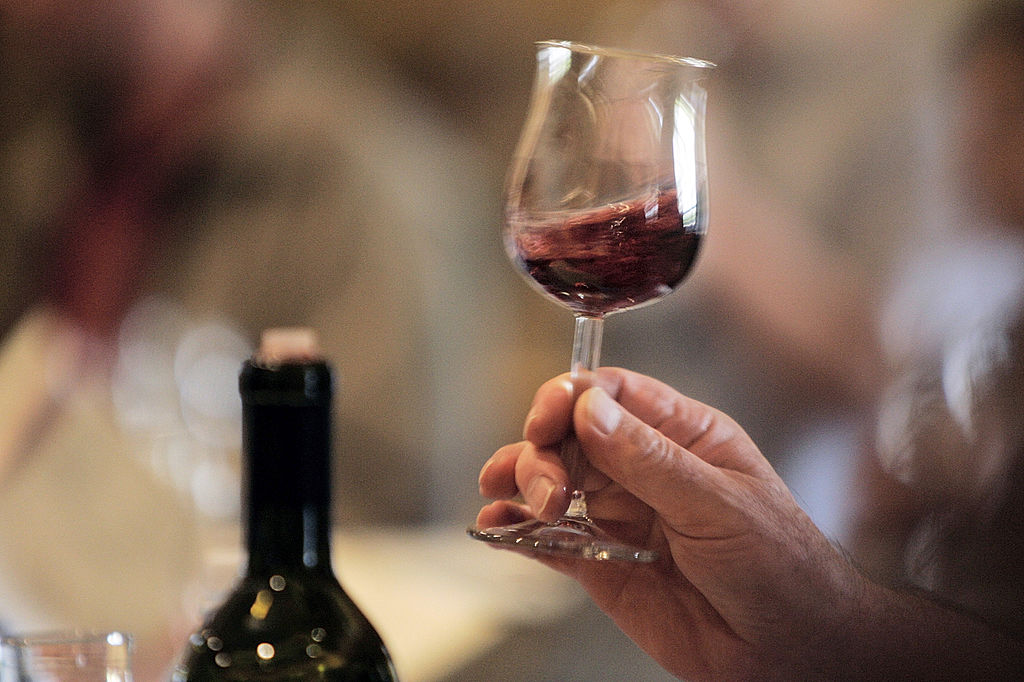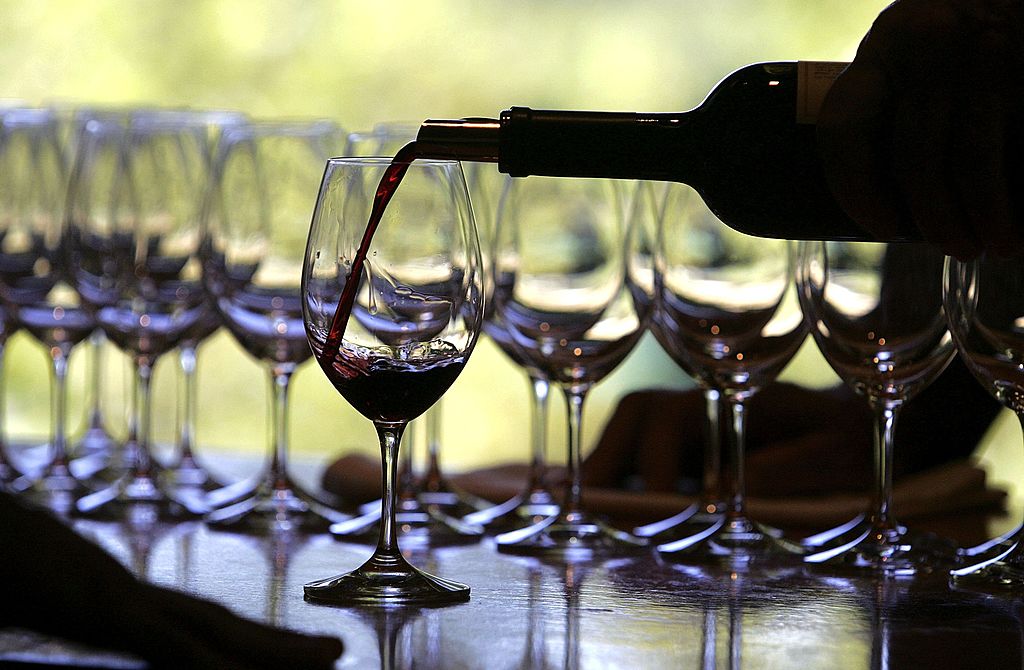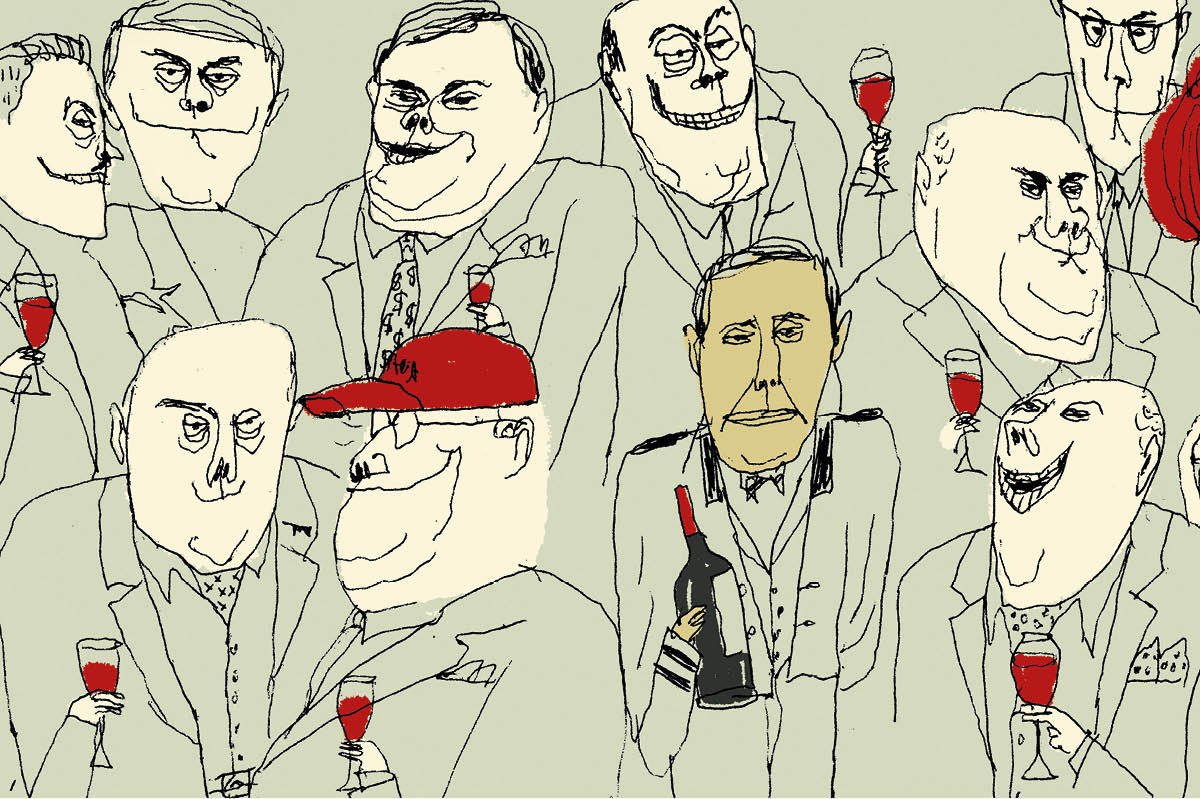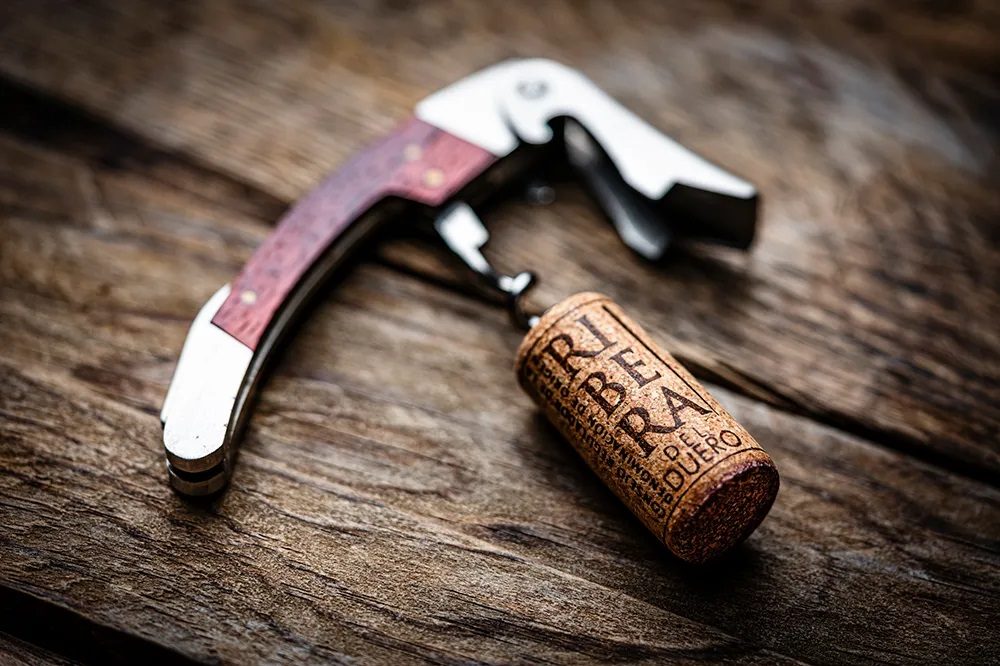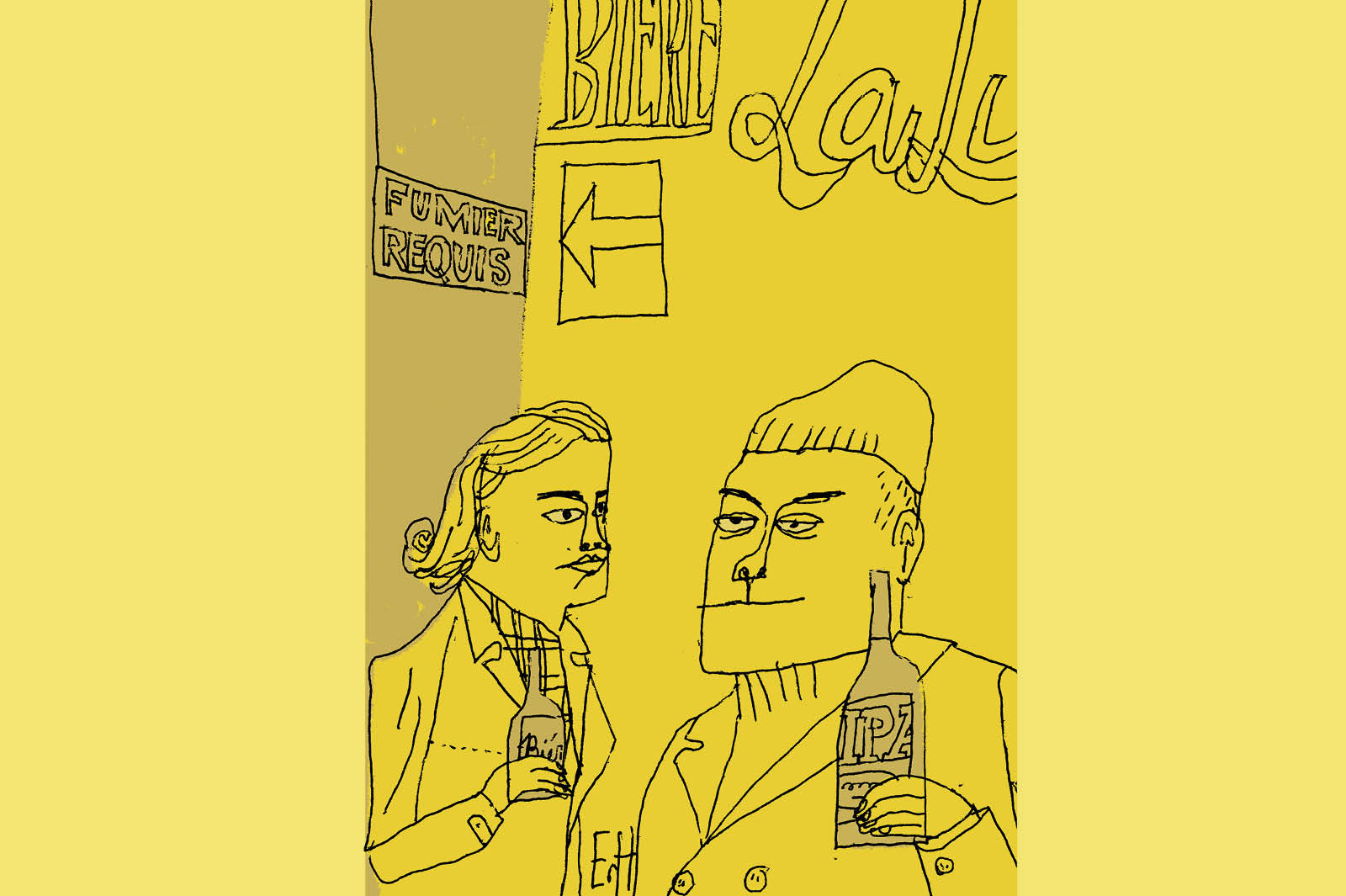North of Cognac and Bordeaux, due west of Burgundy, the valley of the Loire River, attended on the second half of its journey east by the Cher River, stretches from the Pays Nantes and the Atlantic Ocean to Orléans in the heart of France. It is not quite right to say that this area is like Hamlet’s “undiscovered country from whose bourn no traveler returns,” but it’s my sense that Americans tend to overlook it in favor of its flashier neighbors. This is a pity, not only because the Loire Valley boasts lots of excellent wine, but also because the region still offers many conspicuous bargains, something you will look long and hard for in Bordeaux or Burgundy.
The Loire is home to a handful of varietals, from Melon de Bourgogne, the grape of Muscadet, in the west, to Sauvignon Blanc in Sancerre and elsewhere along the river’s meandering route. White wine is the calling card. Single varietals seem to be the rule, but you’ll find various blends, including some with Chardonnay. You’ll also find good red wine made from Cabernet Franc — mostly light, refreshing fare — along the way. In and about the middle — around Anjou and Samur — you’ll find some really excellent wine from one of the world’s most unfairly neglected grapes, Chenin blanc.
I say “unfairly neglected,” but it is my sense that Chenin blanc is less neglected than actively castigated. Perhaps the recoil is at least partly justified. After all, there is a lot of bad wine issued under its name: flat, tinny stuff that reminds one of, even if it does not exactly smell like, eau de Sterno.
Put all that out of your mind. For $25-$30 you can find some wonderful Chenin Blanc from the Loire, white wine possessed of a floral nuttiness on the nose and a frank, subtly complex fruitiness with hints of tarragon or anise in the finish. Spend a little more, and the opening notes become a chamber performance and the drama in your mouth unfolds in fancy dress on center stage.
I recently tasted two memorable Chenin Blancs, one excellent, one genuinely storied. You can find the François Chidaine 2020 Les Argiles, a Vouvray from Touraine, for about $35. It is a classic Chenin Blanc, fresh, lively, supple, with hints of red apple and a lingering spine of toasted pear. As we list from early to high spring, this is a wine you will want to bring along to picnics and other gatherings. It would have been an appropriate wine for Renoir’s “Boating Party” or for Cary Grant’s al fresco luncheon in To Catch a Thief, when he introduces the insurance man Hughson to that exotic delicacy, quiche Lorraine. The exquisite flakiness of the crust, he explains, is due to his housekeeper’s deft touch, something she had earlier deployed in strangling a German general. It’s set in the south of France, to be sure, but I wouldn’t be surprised to learn that a cold, refreshing draught of Vouvray accompanied the savory custard.
The second Chenin I recently tasted with friends was a 2018 from Domaine Clau de Nell from Tuffalun, between Angers and Samur. This property is part of the legacy of the celebrated winemaker Anne-Claude Leflaive, a pioneer in biodynamic viticulture. The name Leflaive is one of the most celebrated in Burgundy. Her properties there included some of the world’s most famous — and most expensive — wines: Bâtard-Montrachet, Chevalier-Montrachet, and Le Montrachet itself: perhaps the most glittering gems in the diadem of Chardonnay.
After World War Two, like many vineyards throughout France, the Leflaive vineyard had become dependent on various chemical herbicides and fungicides. One soil scientist famously said that by the 1980s, “soil of the Sahara had more life in it than the soil of Burgundy.” Anne-Claude changed all that. When she took over in 1990, she immediately introduced what one writer called “a sort of holistic, homeopathic approach” that eschewed chemical suppressants.
Alas, Anne-Claude died from cancer in 2015 at the tragically young age of fifty-nine. But her husband Christian Jacques and some colleagues helped fulfill her wish of having Chenin planted at Clau de Nell, a property they had acquired in 2008 in pursuit of their biodynamic mission. The 2018 Chenin is superb — 2018 was a good if not quite brilliant year in the Loire, but this wine really sparkles. People say that “charming” is the adjective that best describes Loire Valley wines, but that vaguely diminishing epithet does not do justice to this rich, nutty, elegant, and complex wine. At about $80-$85 retail, it is not cheap, but compared to what you can get in Côte-d’Or for that sum, it is an absolute steal.
This article was originally published in The Spectator’s May 2023 World edition.



